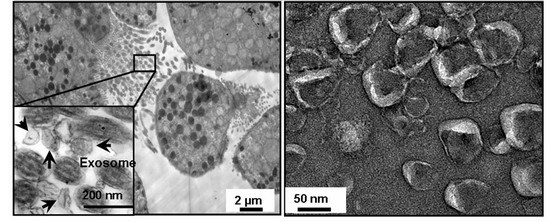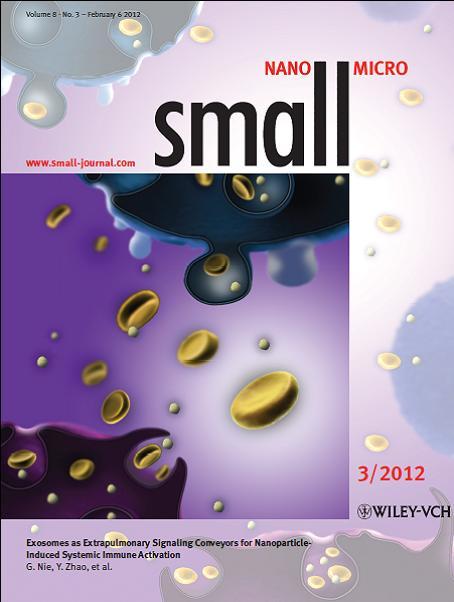After the respiratory exposure of the nanoparticles, how the biological effect is transmitted locally by the respiratory system to other tissues throughout the body is a key issue that has not been elucidated in the systemic biological effects of the respiratory exposed nanoparticles. Recently, the research team of Nie Guangjun and Zhao Yuliang of the National Center for Nanoscience and Technology confirmed that the exosome of the biological membrane structure is an important signal transporter that mediates the immune activation of the body and the occurrence of respiratory diseases in susceptible people.
The laboratory has long been concerned about the biological mechanism of the interaction between nanomaterials and organisms. By establishing an ovalbumin-sensitized mouse model (ie, respiratory allergic disease model), after multiple exposures of magnetic iron oxide nanomaterials, Dr. Zhu Motao and others discovered for the first time that magnetic iron oxide nanomaterials can trigger alveoli A large number of Exosomes are generated inside (Figure 1). Through this Exosome, nanomaterials can cause the activation of T cells throughout the body.
Further, the researchers demonstrated that exosome has a different mode of action and efficacy in mediated immune activation in the sensitive body (that is, the body of the original respiratory allergic disease) and the normal body. For sensitized organisms, exosome has a stronger ability to cause Th1-type cell polarization (ie, delayed-type hypersensitivity), which has become an important factor leading to the incidence of respiratory diseases and long-term chronic inflammation in nano-materials to susceptible people.
The results of this study not only elucidated the possible molecular mechanism of the immune activation mediated by nanomaterials, but also emphasized the importance of monitoring and controlling the exposure of nano-scale particles to the health of occupational and susceptible populations.
The research work was selected as a cover paper (Figure 2) and published on Small, and it was reported by Materials Views under the German Wiley Publishing Company as a highlight work under the title "Trojan Horse Causes Nanomaterial Allergy".
The research work was supported by the Chinese Academy of Sciences, the 973 project of the Ministry of Science and Technology and the National Natural Science Foundation of China.

Figure 1. Respiratory exposed magnetic iron oxide nanomaterials induce large amounts of exosome in the alveoli of mice. A large amount of exosome is produced in the alveoli, which can continue to interact with downstream cells, and cascade induces the generation of exosome (left picture); the right picture shows the exosome morphology after extraction and purification, typical goblet structure.

Figure 2. Small cover paper: Biofilms (exosomes) become important carriers of signal transduction between cells that mediate nanobiological effects
front lace human wig bob,natural human hair wig bob,full human hair wigs bob
Xu Chang Zhuo YunQing crafts Co., LTD , https://www.wowqueenhair.com